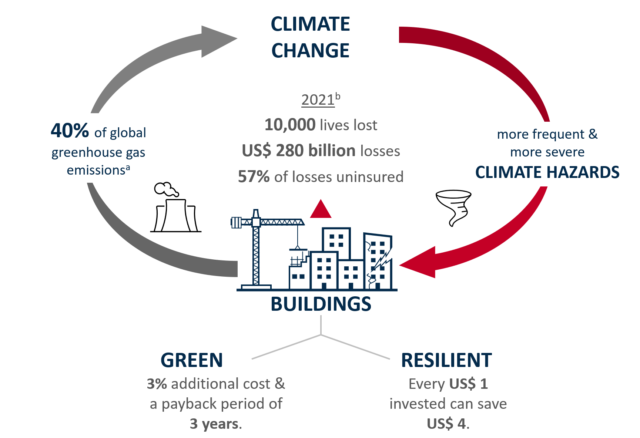Climate Resilient Infrastructure: Planning for Extreme Weather

About Course
As climate change intensifies, cities and communities around the world are facing a growing threat from extreme weather events. From devastating floods and wildfires to prolonged droughts and hurricanes, the need for infrastructure that can withstand and adapt to these challenges has never been more urgent. This course offers students a deep dive into the dynamic field of climate-resilient infrastructure—where science, engineering, policy, and planning intersect to build a safer and more sustainable future.
Through engaging modules, real-world case studies, and hands-on frameworks, you’ll explore how to assess vulnerabilities, prioritize risks, and develop adaptive strategies that prepare critical systems—transportation, energy, water, and housing—for uncertainty. Whether you’re designing flood-resistant bridges or planning green infrastructure in urban zones, this course equips you with the knowledge and tools to drive meaningful impact in your community and beyond.
Course Content
Introduction
Definition of climate resilient infrastructure
00:00Why planning for extreme weather events is important
00:00Overview of the ebook content
00:00